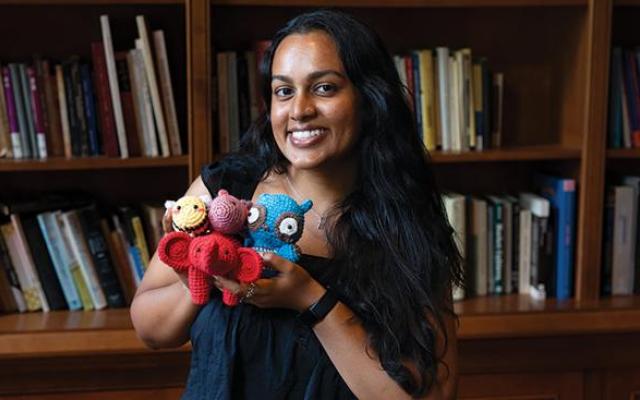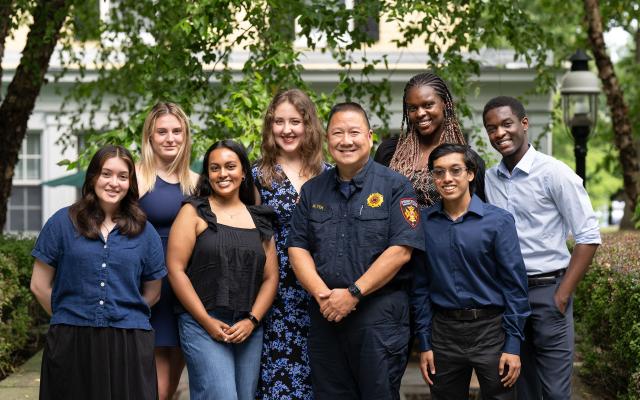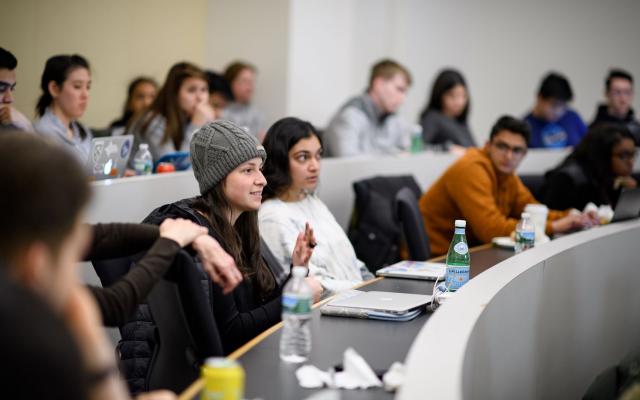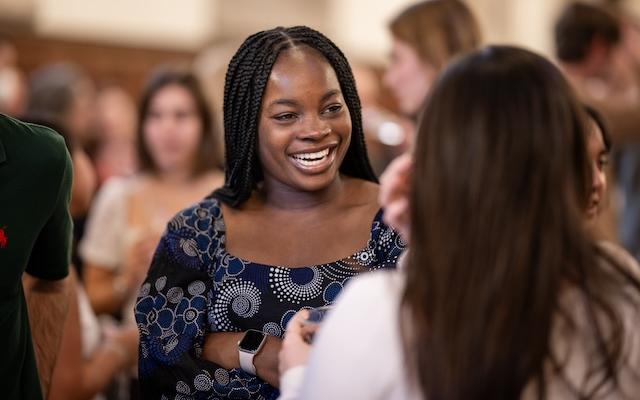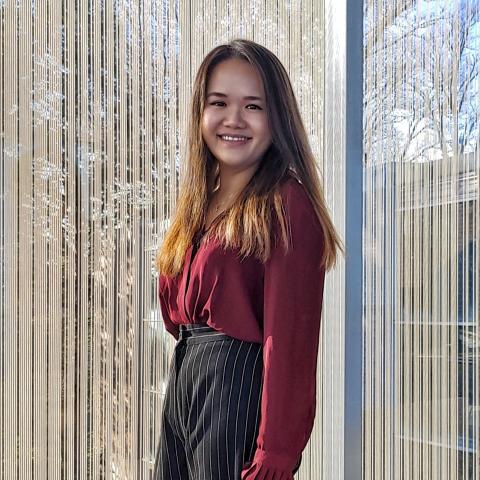
I teach human-centered design at Princeton University. My mission is to help people co-create a world where solutions to societal problems take humans into consideration and are designed with empathy at the core. Through directing Keller Center’s Tiger Challenge and teaching EGR/ENT 200, I guide teams of students in honing their creativity, developing confidence in tackling problems, and implementing innovative solutions that improve equity, environment, education, and health. I hold architecture degrees from USC and Princeton University, and have worked extensively in Hong Kong, Beijing, Los Angeles, Tokyo, Paris, and London in the years in between, designing a variety of things from LED lamps to climate parks to cruise liners.
What are your responsibilities at the Keller Center?
I manage the Tiger Challenge, a co-curricular, design thinking program which allows both undergraduate and graduate students to experience human-centered design through partnering with communities in real-life projects to tackle societal issues. I am always available to chat about potential project ideas, on-going ventures, or design in general.
Contact me with questions about Tiger Challenge.
What attracted you to the Keller Center?
I first came across the Keller Center as an architecture graduate student here at Princeton, during which I greatly benefited from the education, experience, and opportunities. While going through extensive academic training in design and practicing architecture for years, I developed a fascination with the human-centered approach and wished that there was more. As a Design Program Manager, I see design thinking as an amalgamation of approaches into real, complex societal problems, and results in creative and viable social innovation. I am both grateful and excited to apply my design background and skills to continue building on the legacy of the Keller Center.
What do you appreciate most about the Keller Center?
The genuine belief and persistence that social innovation can be achieved through innovation and design. This makes the Keller Center a unique place at Princeton.
What advice would you have for students about getting involved at the Keller Center?
Be open-minded and creative. There is an abundance of programs, courses, and opportunities at the Keller Center for students to explore things they are interested in, and things they do not know they're interested in. I would encourage students to sit down and talk to faculty and staff to see what we have here for them.
